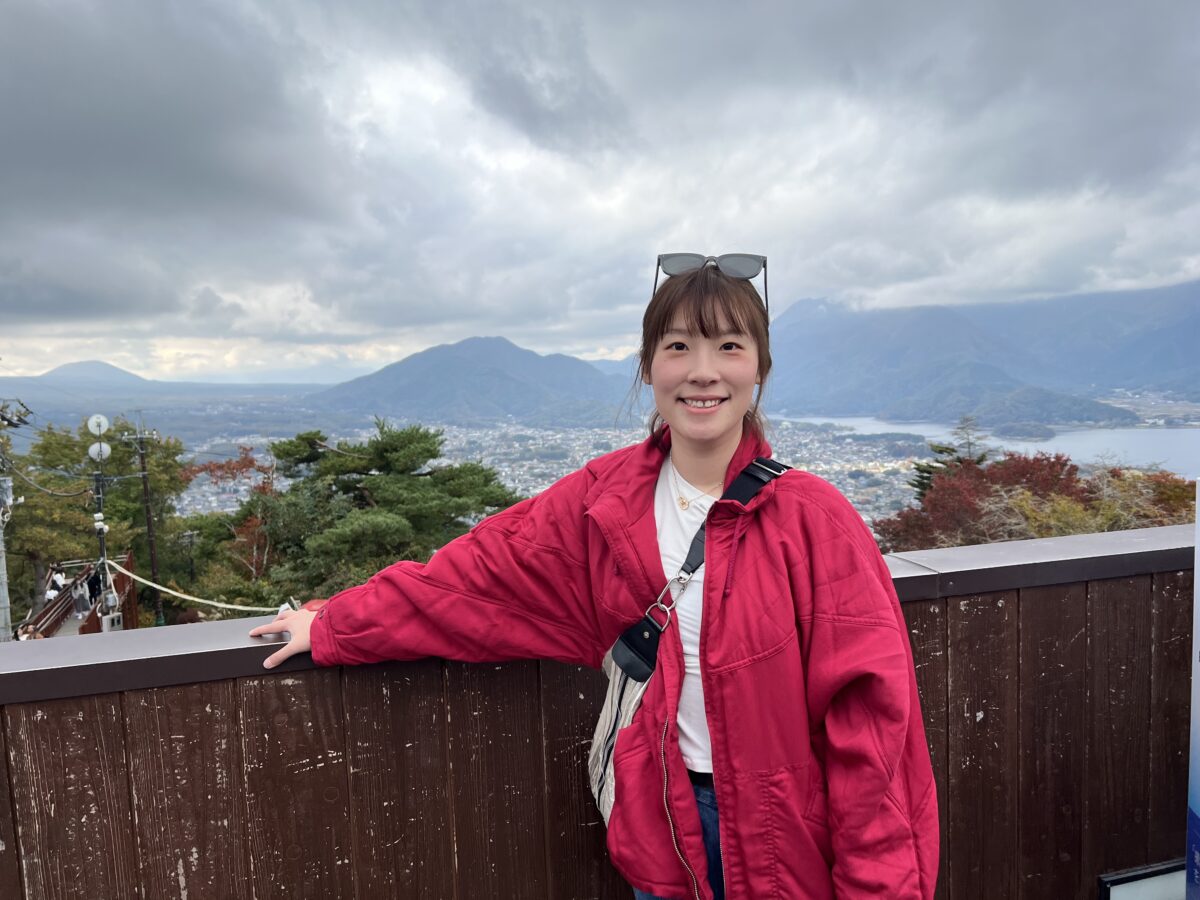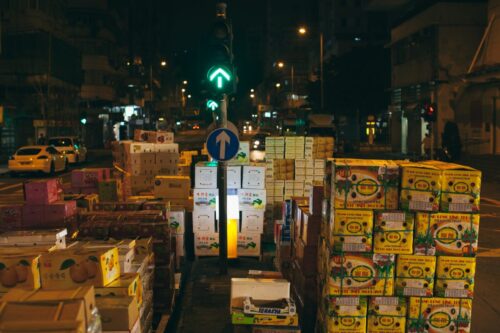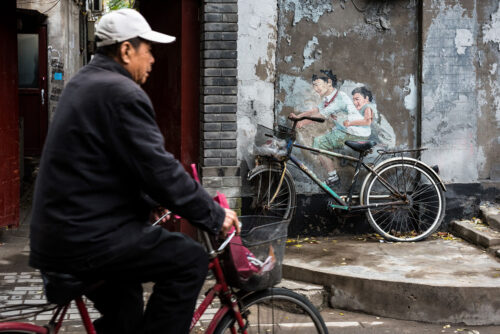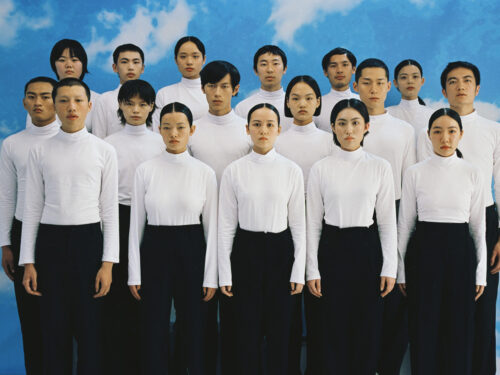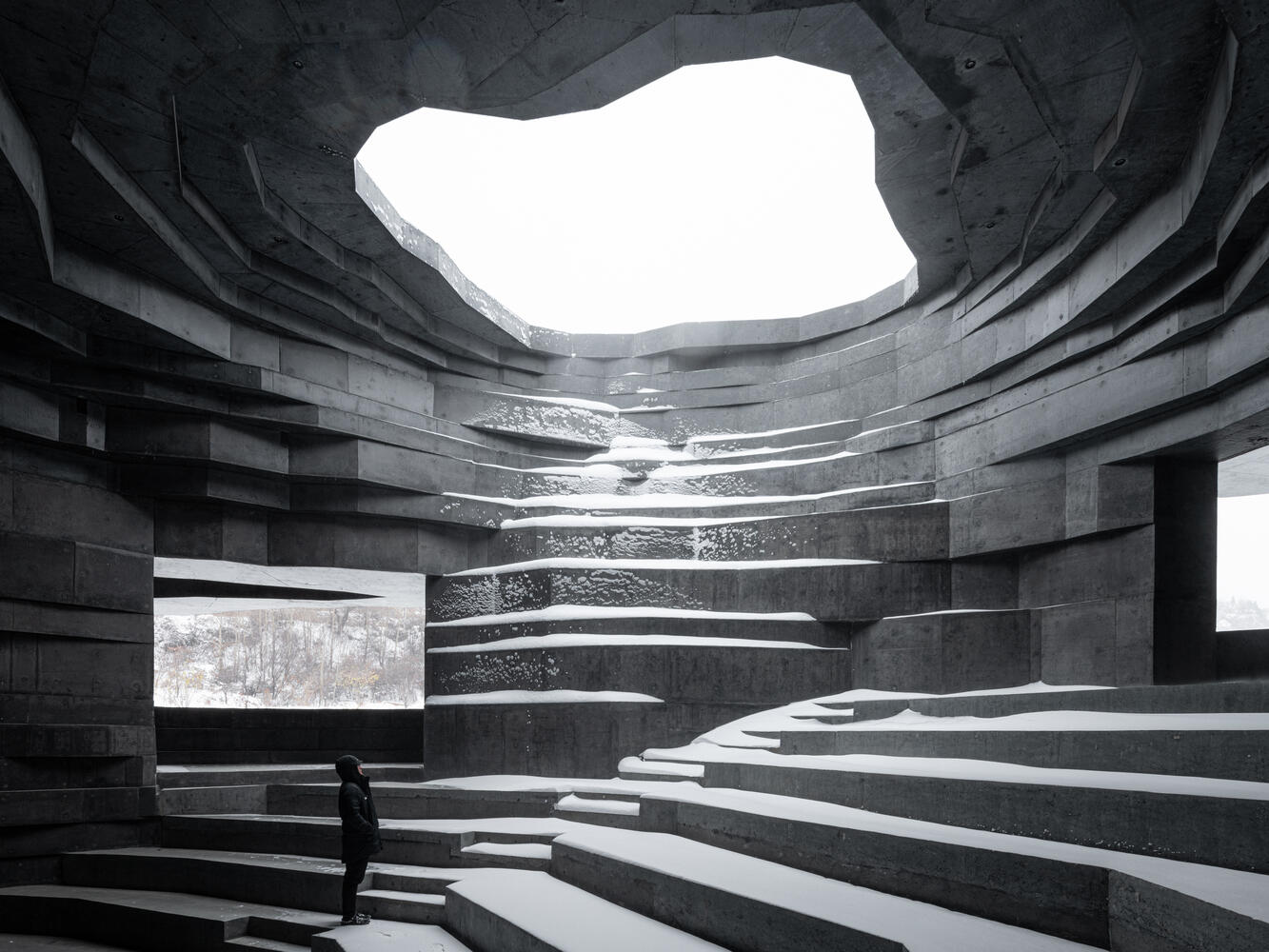
A nature-inspired arts center in Dali, a set of temples carved into cliff faces in Gansu, and a bridge next to a “monster” apartment complex in Hong Kong are among the subjects of 23 images shortlisted for this year’s Architectural Photography Awards.
The Architectural Photography Awards (APA), which is celebrating its 10th anniversary this year, has revealed the shortlist of entrants for its 2022 contest.
Judges have selected 23 finalists in categories such as interiors, exteriors, bridges, and buildings in use, from a work submitted by both professional photographers and amateurs from 64 countries and regions across the globe. The chosen photographs will be exhibited at the World Architecture Festival (WAF) in Lisbon, Portugal, from November 30 to December 2, with the overall winner to be announced at the event’s gala dinner.
China news, weekly.
Sign up for The China Project’s weekly newsletter, our free roundup of the most important China stories.
Chinese buildings and landscapes have consistently been featured in the competition since its inception. In 2017, Chinese photographer Zhāng Qiánxī 张虔希 was named overall winner for his image of a vaulted swimming pool at the new campus of Tianjin University. Last year, Chinese photographer Liu Xinghao won the same title for his image of people enjoying their holidays against the backdrop of Safdie Architects’ Raffles City complex in Chongqing.
This year, Chinese architecture is again a major feature. Here are the highlights from China:
Exterior
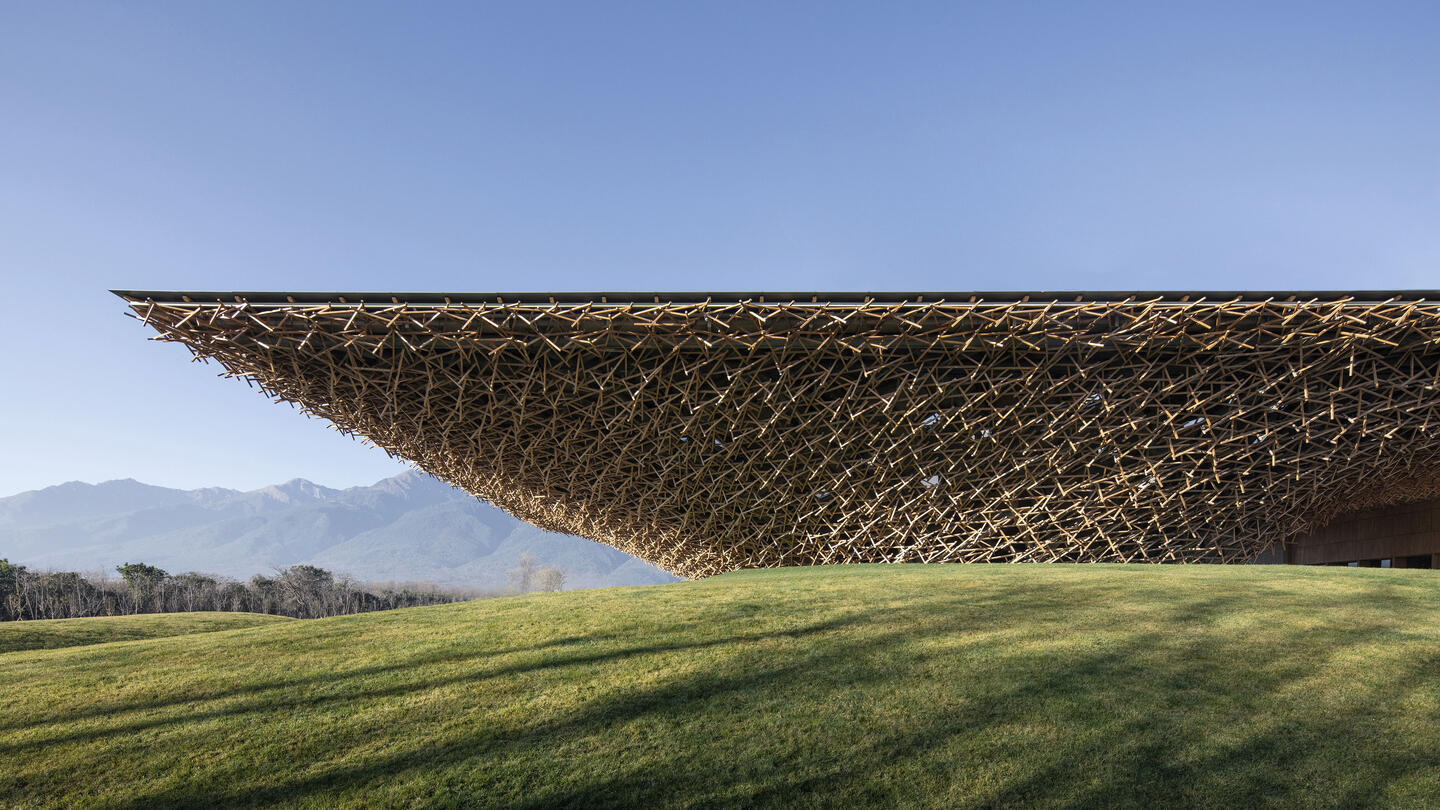
Nest, Yang Liping Performing Arts Center, in Dali by Alex Chan
Situated between the Cang mountain range with the highest summit rising 4,000 meters, and 40-kilometers-long Lake Erhai, the city of Dali in Yunnan Province is a tourist mecca in China’s southwest, roughly 100 miles from the China-Burma border. It’s also the home city of Yáng Lìpíng 杨丽萍, an internationally acclaimed Chinese dancer and choreographer of Bai ethnicity, who is best known in the country as the “peacock princess.”
In 2020, Yang commissioned Zhū Péi 朱锫, a good friend of hers and the founder of his namesake architecture firm in Beijing, to design an art facility on the northeast side outside the ancient city. Drawing inspiration from the site’s powerful surrounding landscape and its unique culture, including local practices, Zhu’s design features an undulating, slate-covered roof that has an organic profile informed by the outline of the mountain chain nearby. The structure, which spans a landscape of free-flowing indoor and outdoor spaces, is covered on the inside by wooden battens arranged in a nest-like composition, which is reminiscent of the National Stadium, also known as the Bird’s Nest, in Beijing.
“As with mountains and valleys, the strong shape of the roof reflects the more organic landscape below and points to the old Chinese principle of yin and yang, where two opposites form a whole together,” says an introduction of the infrastructure on Zhu’s website.

Horseshoe Temple in Gansu by Eric Sieidner
Located in Gansu along the ancient Silk Road, Horseshoe Temple, also known as mǎtísì 马蹄寺 in Chinese, is made up of seven clusters of grottoes — a type of Buddhist architecture — which stretch 30 kilometers and feature a wide range of artifacts, including statues and sculptures carved in the mountain. Legend has it that once a sacred horse left its footprint in a rock here, and that’s how the site got its name. However, there is no official record proving the exact time when Horseshoe Temple was built.
Interior

Nagnag Art Space by Jiang Zhenyu
Part vintage store and part event space for art-related activities, Nagnag is a multi-purpose architecture nestled in the urban greenery in the southwestern city of Chongqing. Located in the mid-mountain area in Liziba District, Nagnag sits on the site of two old houses that were originally built against the mountain and renovated for the project. The two-part space overlooks the lush gardens of Liziba Park and the Jialing River behind, while also enjoying the hustling view of the subway passing through it at the overhead side platform stop that is Liziba Metro Station.

Chapel of Sound in Chengde by Hu Kangyu
Resting in a mountainous valley next to the Great Wall of China outside Beijing, the Chapel of Sound, designed by Beijing-based architecture office OPEN, is a monolithic open-air concert venue that saw completion in late 2021. Constructed entirely from concrete, the rock-like structure is designed to blend in with the surrounding landscape, serving as a space for reflection for visitors when no events are taking place.
Sense of Place
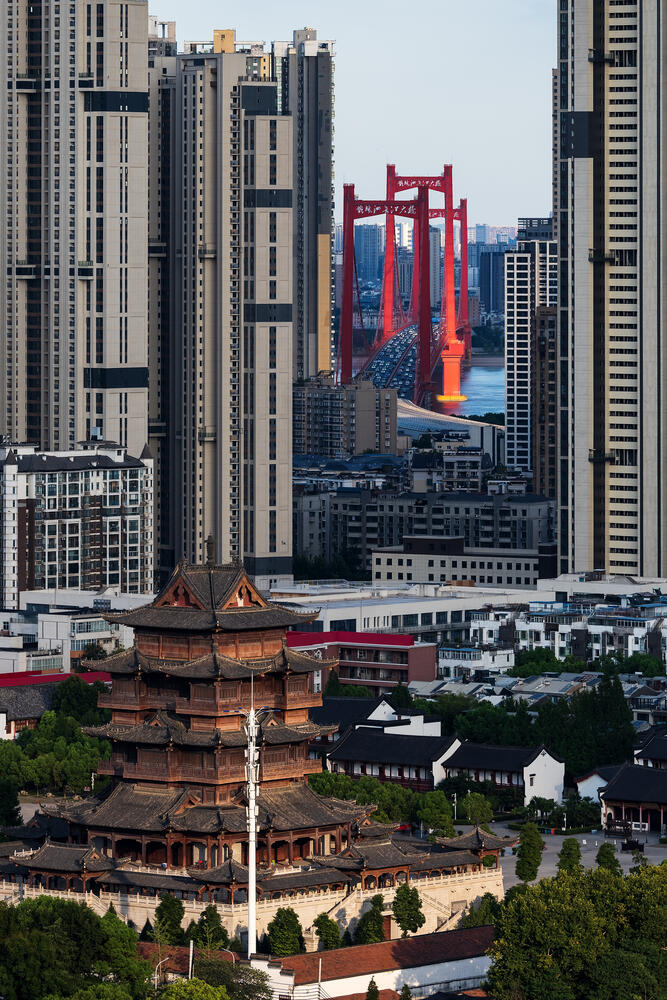
Guiyuan Temple in Modern City in Wuhan by Jerry Yu
Situated in Hanyang District against the backdrop of modern developments, Guiyuan Temple is one of the main tourist attractions of Wuhan, the largest city in inland China and the capital of Hubei Province. Known as the “Temple of Original Purity,” the Buddhist architecture, which consists of five courtyards and gardens and covers 4.67 acres in total, has a history dating back to the mid-17th century, which makes it the oldest of its kind in Hubei.

Autumn in the Stone Forest in Kunming by Eric Sieidner
The Stone Forest, or shílín 石林 in Chinese, is a a massive otherworldly collection of limestone formations that covers an area of 300 square kilometers in Shilin Yi Autonomous County, the hinterland of the Yunnan Plateau. Listed as a World Natural Heritage Site by UNESCO in 2007, the scenery is over 270 million years old and representative of southern China’s karst landscape.
“In December, the ‘Spring City’ of Kunming and its surrounding areas are still touched by autumn. From a pagoda atop a rise in the Stone Forest, travelers can view the autumn foliage as trees puff out from between the steely gray of the rocky columns like cotton balls of color,” says the photo’s description.

Pocket Park in Shanghai by Guo Zhe
Hidden in the heart of Shanghai’s old urban area, this pocket park is a renovation project aimed at providing a bit of peace and greenery for its surrounding residents.
In densely populated cities like Shanghai, micro parks tucked between buildings often offer a much-needed reprieve from the compact towers most people live in.
Bridges

After Shopping in Shanghai by Hailu Wang
Taikoo Li Qiantan, located in Shanghai’s Qiantan International Business District, is a wellness-themed mega retail development with a focus on sustainability. Spanning a total floor area of approximately 120,000 square meters, the open-plan shopping center features a wide expanse of open green space and lanes across the ground level and rooftop, connected by an 80-meter-long scenic bridge overlooking the Huangpu River.
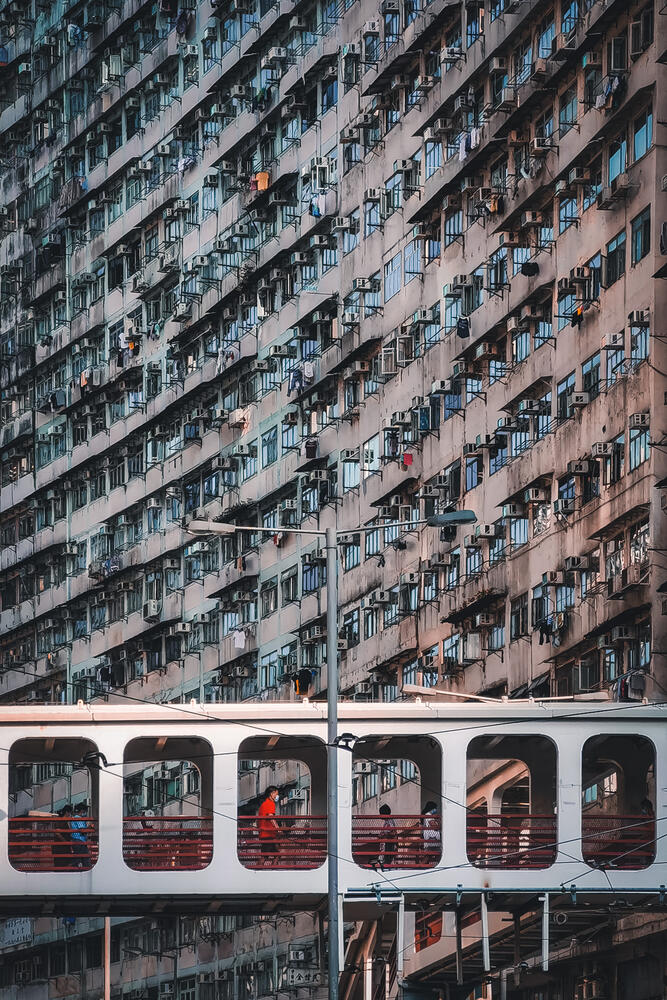
High-Density City in Quarry Bay, Hong Kong, by William Shun
Any visitor to Hong Kong would take no time to understand why the city has a reputation as a concrete jungle. There are high-rises everywhere and among them, Monster Building stands out. Located in Quarry Bay, one of the oldest and most densely populated areas in the city, the behemoth complex is a conglomeration of five incredibly densely stacked residential tower blocks. Erected in the 1960s to provide government-subsidized housing for low-income residents, the architecture is the perfect reflection of Hong Kong’s famed urban density. The site’s unique visual has also made it a popular destination for tourists and earned it appearances in several Hollywood blockbusters like Ghost in the Shell and Transformers: Age of Extinction.
